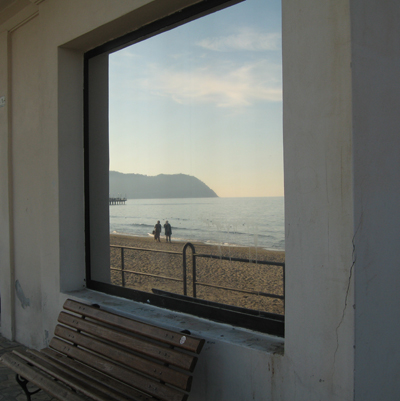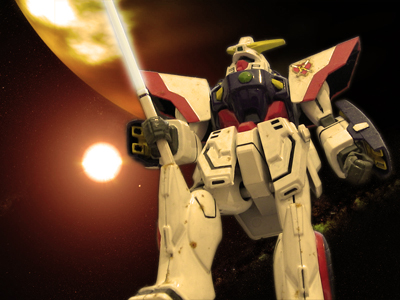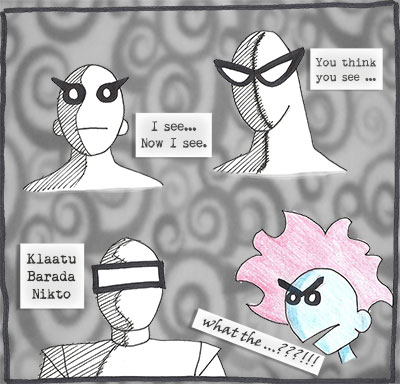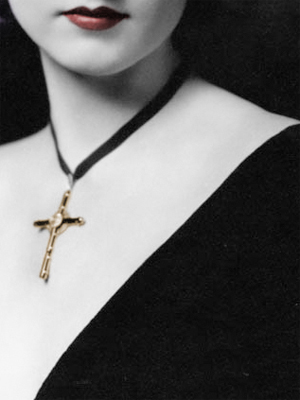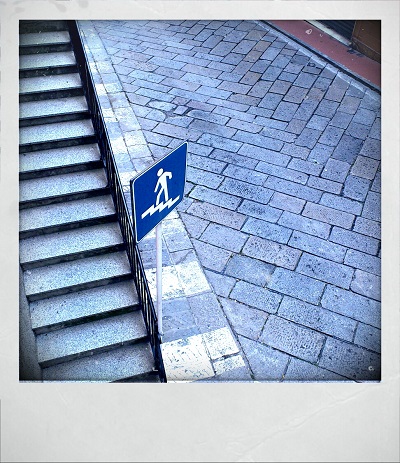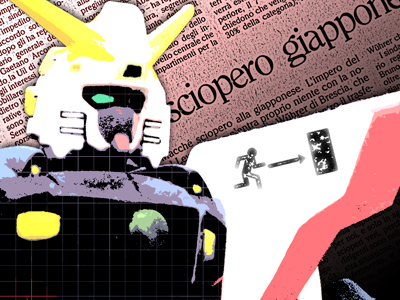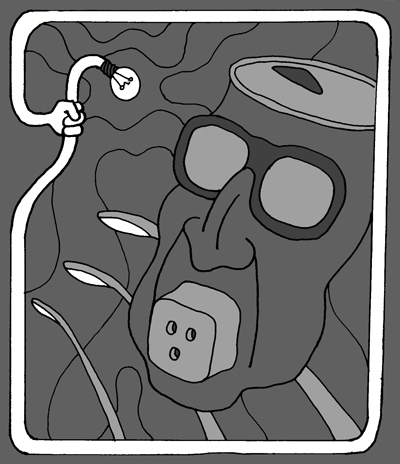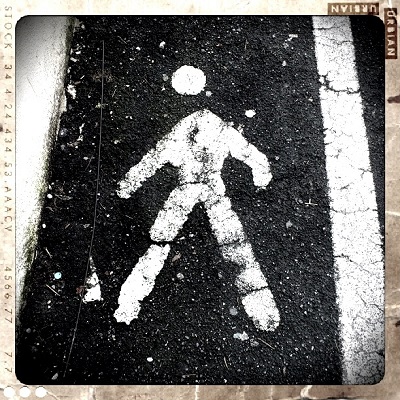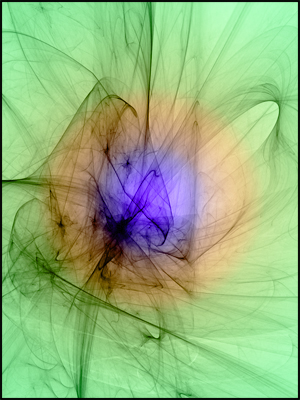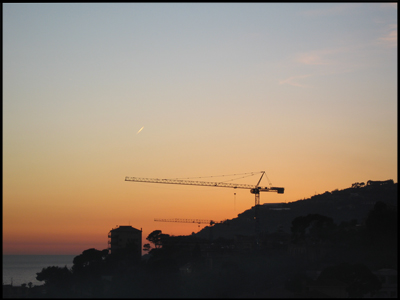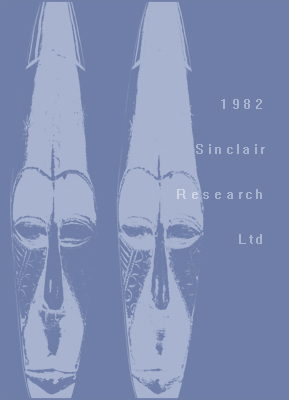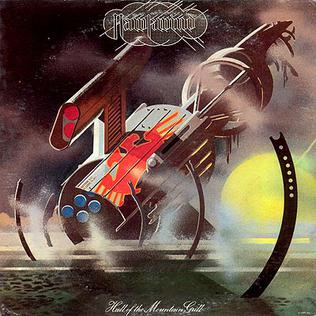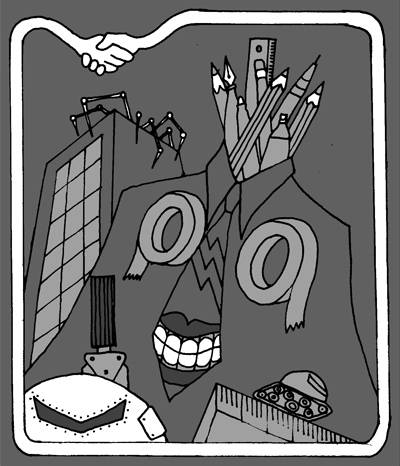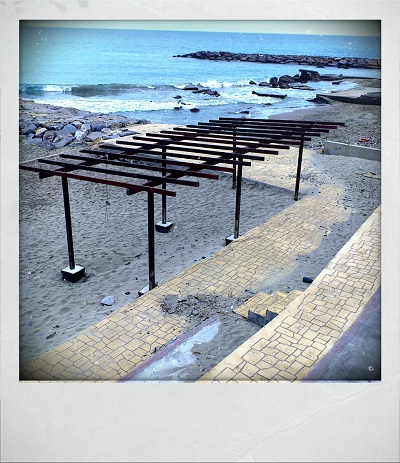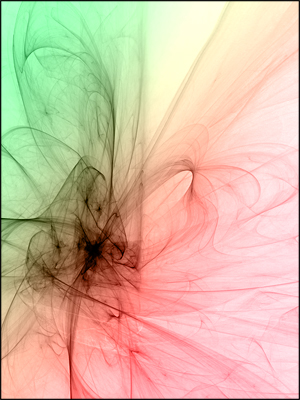DAILY EXPRESS, MONDAY, SEPTEMBER 26, 1960
I Predict
by PHOTONEWS
In the week tipped for man's first space journey: How experts see it
THIS is space travel. And, after the American rocket failure yesterday, there can be no doubt that the man who lies prone in the rocket nose will be - may even now be - a Russian.
Until yesterday there was a hope - a rather faint hope - that the Americans might still win the race to put a man into orbit round the earth.
The Russians had done it with dogs. But the Americans were pouring untold wealth into the race for the stars. They had a new and even bigger rocket standing on its launching pad at Cape Canaveral, aimed for an orbit of the moon. If that succeeded it would prove that America could overcome the difficulties that have haunted her space research.
Failure
But yesterday's rocket failed. It was the seventh American moon-shot; Only one has got anywhere near.
This Photonews drawing is built up from their knowledge, and from what little is known of Russian rocketry.
A giant two-stage rocket to put the nose-section into orbit. A capsule containing the space-man, his instruments, his food and air supplies. A nose-tip containing a forward-firing rocket to check the ship's speed and make it fall out of orbit toward the earth; the tail section containing air brakes and parachutes to slow it as it penetrates the earth's atmosphere.
Man's first space-craft will have to be like this. But unfortunately only the Russians are likely to be able to launch it for quite a while to come. If they haven't already launched it ...
Chapman Pincher writes: - The United States Air Force has officially re-named its "First Man in Space" programme the "First American in Space." - and so conceded that the Russians are now near certain to beat them into putting the first astronaut in orbit.
Most generals suspect the announcement may come from Moscow any day.
Fortunately, the Americans are only a few months behind with their Mercury programme.
A Soviet monopoly will not last long enough for the Russians to take overwhelming advantage of any military applications.
[slovo's note] On 12 April 1961, soviet cosmonaut Yuri Gagarin became the first human to travel into space, launched into orbit on the Vostok 3KA-3 spacecraft (Vostok 1).
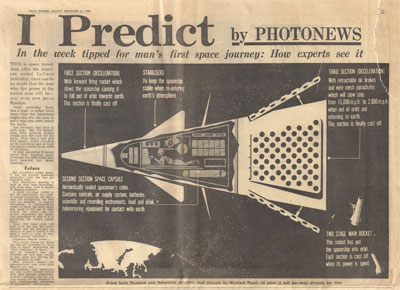
FIRST SECTION (DECELERATION)
With forward firing rocket which slows the spaceship causing it to fall out of orbit towards earth. This section is finally cast off.
STABILISERS
To keep the spaceship stable when re-entering earth's atmosphere
SECOND SECTION SPACE CAPSULE
Hermetically sealed spaceman's cabin. Contains controls, air supply system, batteries scientific and recording instruments, food and drink, telemetering equipment for contact with earth
THIRD SECTION (DECELERATION)
With retractable air brakes and wire mesh parachutes which will slow ship from 15000mph to 2000mph when out of orbit and returning to earth. This section is finally cast off
TWO STAGE MAIN ROCKET
This rocket has put the spaceship into orbit. Each section is cast off when its power is spent









